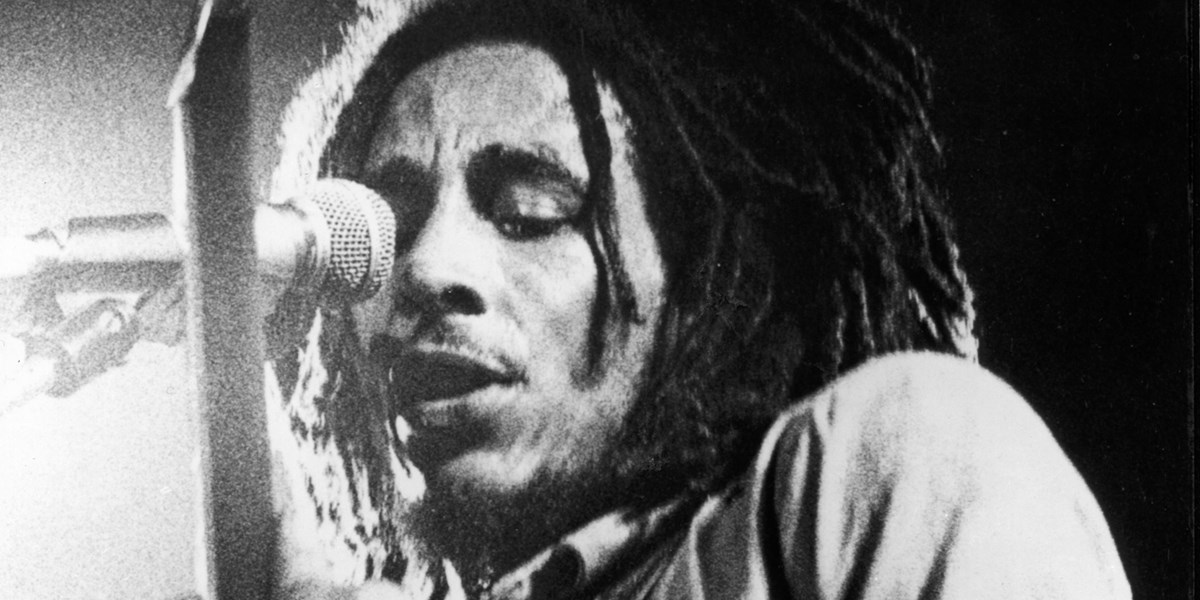Wednesday, September 14, 2022
Rhythm Nation: Jamaica's 60 Years of Independence
By David Katz
With Jamaica marking the 60th anniversary of its independence this year, David Katz traces the sounds that built a nation, marvelling at the island country’s remarkable aptitude for musical innovation

Bob Marley

Register now to continue reading

Thanks for visiting the Songlines website, your guide to an extraordinary world of music and culture. Sign up for a free account now to enjoy:
- Free access to 2 subscriber-only articles and album reviews every month
- Unlimited access to our news and awards pages
- Our regular email newsletters

